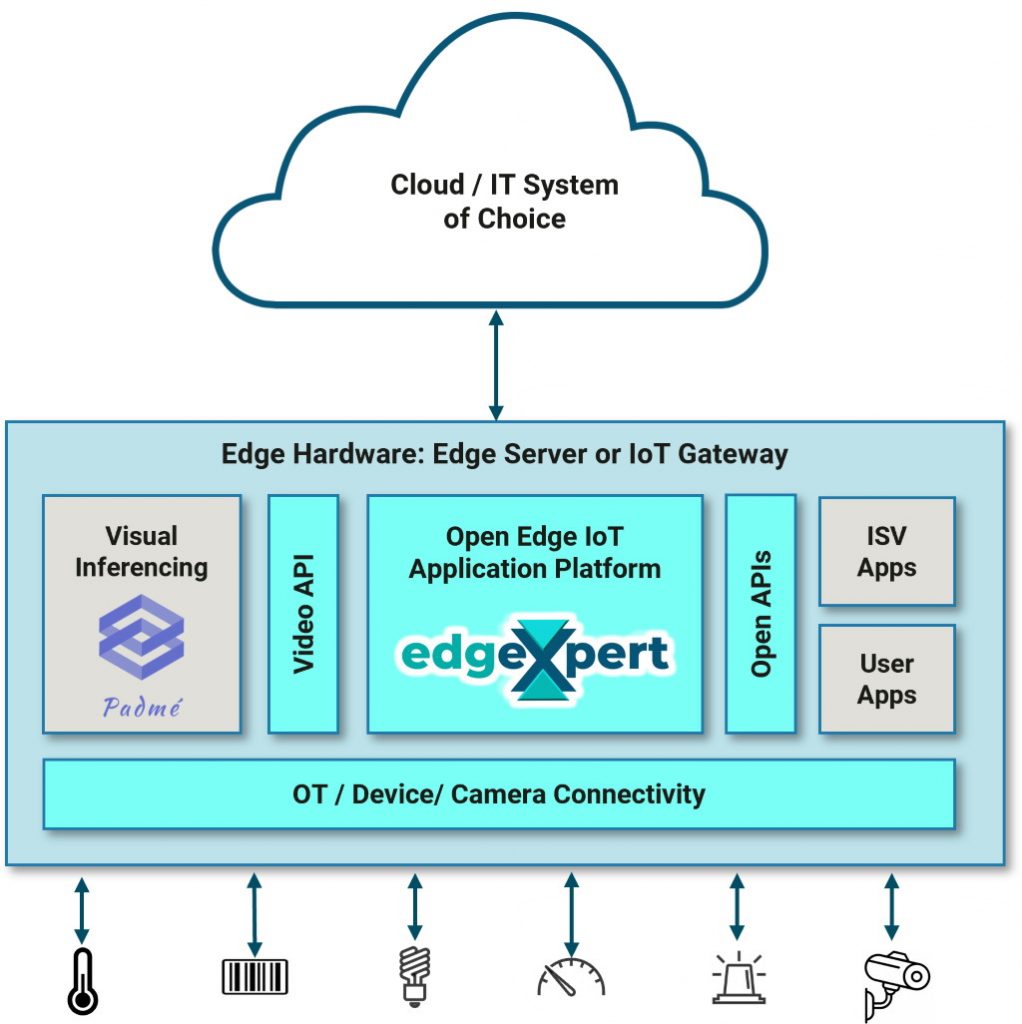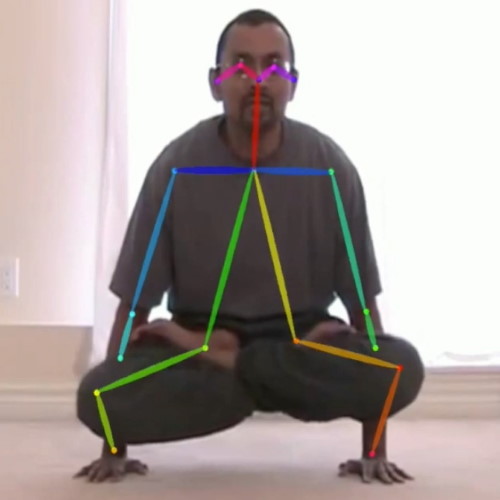“Oh, my giddy aunt!” I find it hard to believe that the last time I wrote about IOTech here on EEJournal was in “the before times” we used to call April 2020 when I waffled on about IOTech: Bridging the OT-IT Divide. Now I have even more exciting news to impart, but first…
I was wondering about the origin of the phrase, “Oh, my giddy aunt,” so I took it upon myself to have a quick Google while no one was looking, only to find that there’s a website called OhMyGiddyAunt in the land Down Under, and they explain things thus: “‘Oh My Giddy Aunt!’ was a popular English saying early last century, often used to indicate surprise in the days before less genteel expletives became more freely used.”
Now I have a jumble of miscellaneous thoughts ricocheting around my overextended cranium, starting with the Australian rock band Men at Work and their breakthrough hit Down Under. You have to admit that this song has a certain something that lets it stand proud in the crowd, as it were. In fact, you’ll have to give me a moment while I play the Down Under video myself.
Now, where were we? Oh yes, I remember. To be honest, until I Googled “Oh, my giddy aunt,” I’d completely forgotten that the second incarnation of Doctor Who, played by actor Patrick Troughton, often used this phrase. For example, he muttered it to himself when he saw the side-effects of Reverse Tachyon-Cronon (RTC) units (the rascally Euterpians created books whose pages were coated with RTCs. As a result, flipping the pages moved time forwards or backwards for the user, but we digress…
Returning to the lads and lasses at IOTech, this is a B2B software products company developing state of the art software platform technologies for the Internet of Things (IoT) with a specific focus on industrial IoT systems. IOTech’s products address the full spectrum of secure hard and soft real-time edge computing needs, dramatically reducing time to market and system integration costs for their partners who form the supply chains to multiple vertical IoT market domains. Let’s also briefly remind ourselves of something I said in my previous IOTech-centric column as follows:
Let’s start with IOTech’s edgeXpert. On the South Side, edgeXpert provides a wealth of connectors and profiles that can ingest raw data from sensors in any way, shape, or form — anything from the twisted wire electrical specifications and protocols of the 1960s to the packet-based interfaces of today’s most sophisticated sensor devices (the connectors handle the protocols, while the profiles specify “what to expect coming in” and “what to send out”). On the North Side, there are the enterprise level connectors and profiles required to export the processed data into the fog and the cloud.
In between, the IOTech edge platform solution includes core data services, such as the ability to normalize edge data, aggregate edge data from multiple sensors, and store edge data for subsequent use. There are also services to analyze and process the data, along with services for security and management.
One key point is that edgeXpert boasts a distributable architecture — its various microservices can run on a single host or be distributed across a cluster based on resource availability. In some cases, portions of edgeXpert might run on the edge devices themselves, such as smart surveillance cameras, for example. The containerized deployment of microservices supports portability, while distribution of microservices provides scalability and failover support, where failover is a method of protecting computer systems from failure, in which standby equipment automatically takes over when the main system fails.
Now, hold onto your hat while we spin our heads and turn our attention to the guys and gals at Lotus Labs. These little scamps are focused on artificial intelligence (AI) and machine learning (ML) (see also What the FAQ are AI, ANNs, ML, DL, and DNNs?)
The chaps and chapesses at Lotus Labs design, build, and deploy custom AI solutions, rapidly build and embed ML pipelines in software and web-based applications, and extract meaning from images and videos using custom deep learning solutions to identify, segment, and track objects.
The jewel in the Lotus Labs crown is their Padmé advanced AI platform that boasts a treasure-trove of pre-built models and a framework for rapidly deploying AI solutions, including Visual Recognition, Speech Recognition, Recommendation Systems, Anomaly Detection, Natural Language Processing, and Chatbots.
Just to tease and tempt me, the folks at Lotus Labs sent me three video snippets showing crowd counting, exercise repetition counting, and human pose detection, which they kindly agreed to allow me to upload to YouTube to be embedded in this column.
Thanks to AI and machine learning-powered systems, in combination with edge computing, accurate and spontaneous crowd counting is possible. (Video courtesy of Lotus Labs)
Precise exercise repetition and movement counting is delivered via AI, machine learning, and edge computing.
(Video courtesy of Lotus Labs)
Human pose detection (position and orientation) via computer vision, AI, and edge computing is used for a variety of applications including robotics, augmented reality, and animation. (Video courtesy of Lotus Labs)
The first video reminds me of the old joke about how to count all of the people in a football stadium (the answer is to count all of their eyes and divide by two). In the case of the middle video, I’m proud to say that — as old as I am — I can still perform the same number of Bhekasana repetitions as I could when I was a much younger man (the fact that this number would be zero in both cases in no way invalidates my point). Meanwhile, in the case of the final video offering, I for one am very impressed!
Anyhoo… the reason for my waffling here is that I just heard that Lotus Labs has partnered with IOTech to provide visual inference solutions on their edge platform. As part of this, Lotus Labs’ Padmé platform is in the process of being seamlessly integrated with edgeXpert.

Depiction of the Lotus Labs’ Padmé integration with IOTech’s edgeXpert (Image source: IOTech)
This integrated solution will enable the data from conventional sensors and operational technology (OT) endpoints to be combined with the results from the latest AI and video inference technologies to provide a much more accurate real-time operational picture and make smarter decisions from the fusion of data.
The combination of edgeXpert and Padmé provides a functionality that is especially useful for companies building intelligent solutions across vertical use cases. These include loss prevention in retail, crowd counting and management in entertainment venues, manufacturing component fault detection, COVID safe-distancing management, and smart safety systems within industrial plants, to name but a few.
I’m tremendously impressed with the offerings from both IOTech and Lotus Labs, and I think that the combination of their capabilities will be a resounding success. I can’t wait to see what they come up with next. How about you? What do you think about all of this?





